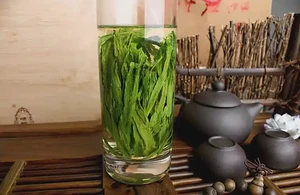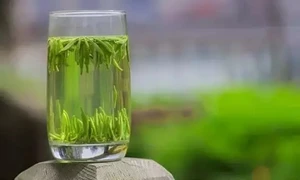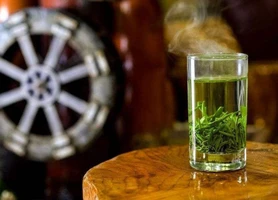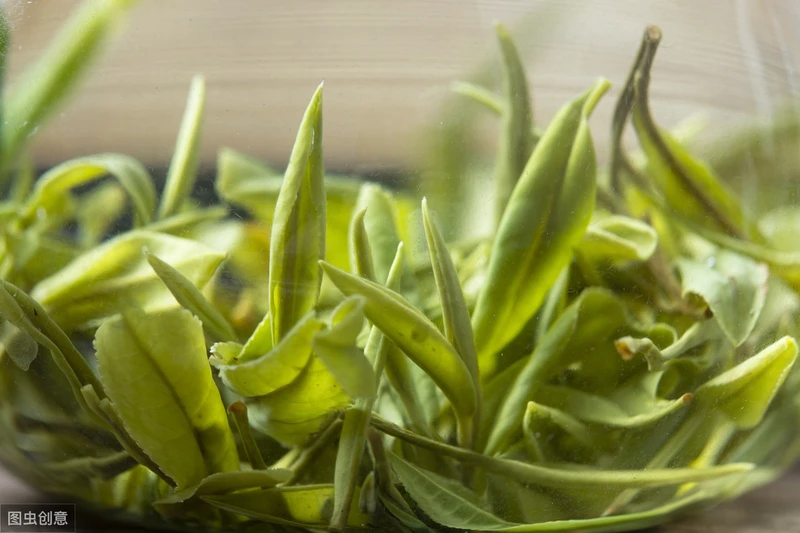

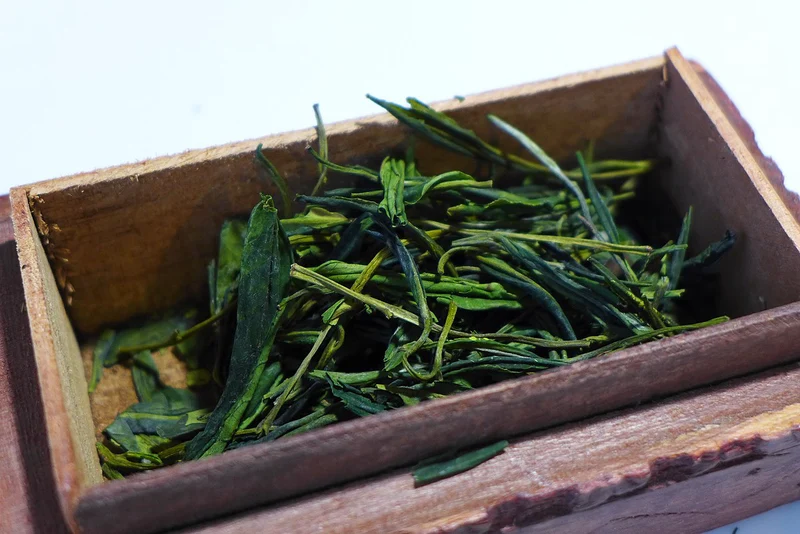
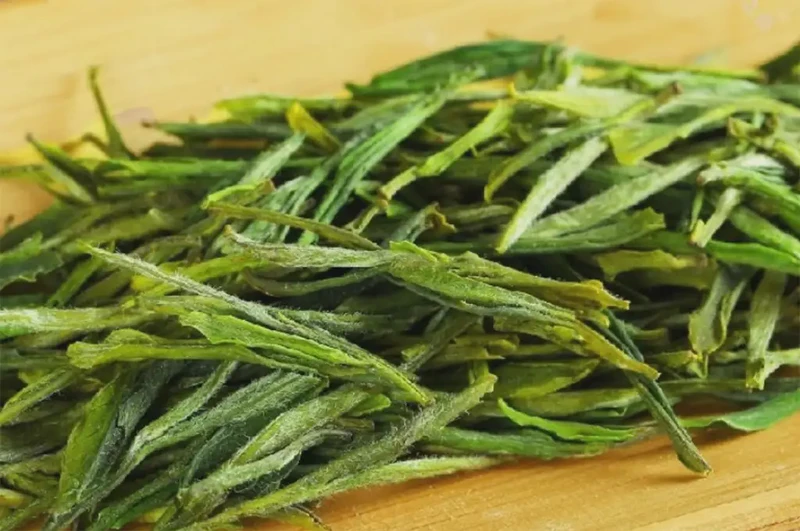
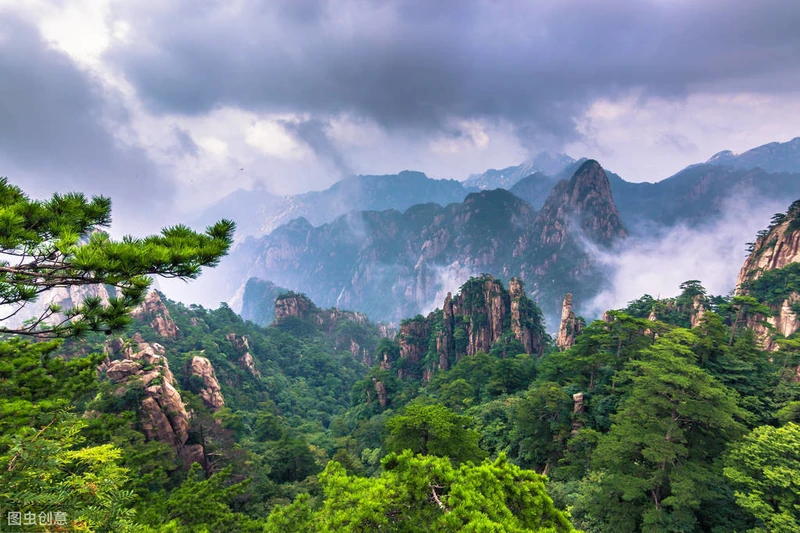
Huang Shan Maofeng
Origin
Anhui
Category
Green Tea
Harvest Time
Pre-Qingming
Processing
Pan-firing
Description
Huang Shan Maofeng is a renowned Chinese green tea from the Huangshan (Yellow Mountain) region of Anhui Province. It is celebrated for its delicate, downy leaves, fresh, clean aroma, and a smooth, sweet, and refreshing taste.
